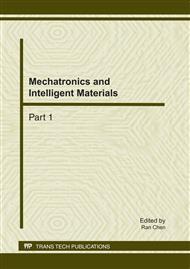p.347
p.352
p.357
p.364
p.369
p.374
p.379
p.384
p.389
Grammatical Evolution for Total Phosphorus in Reservoir Prediction
Abstract:
The present study applied genetic programming (GP) to estimate the slump flow of high-performance concrete (HPC) using seven concrete ingredients. GP optimizes functions and their associated coefficients simultaneously and is suitable to automatically discover complex relationships between nonlinear systems. The results demonstrated that GP generates a more accurate formula and has lower estimating errors for predicting the slump flow of HPC than multiple linear regressions (MLRs).
Info:
Periodical:
Pages:
369-373
Citation:
Online since:
February 2011
Authors:
Price:
Сopyright:
© 2011 Trans Tech Publications Ltd. All Rights Reserved
Share:
Citation:


